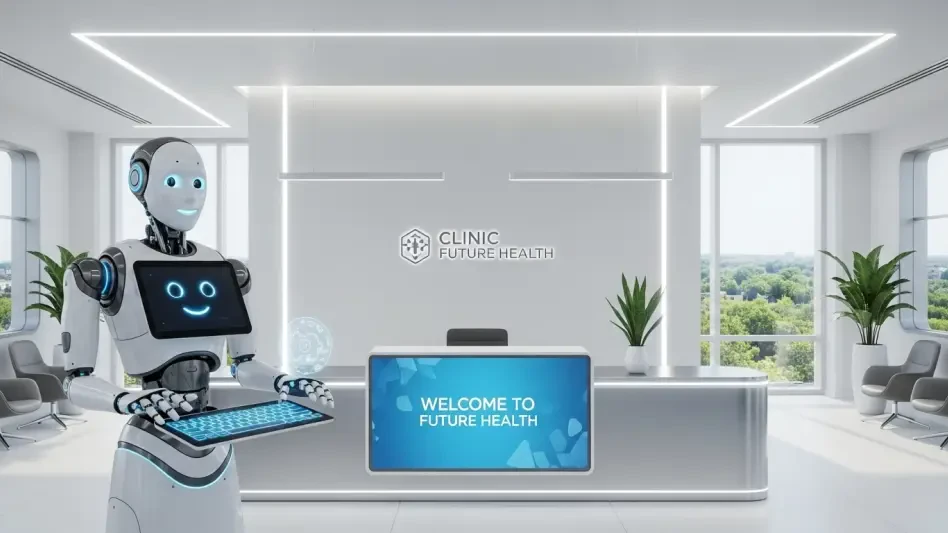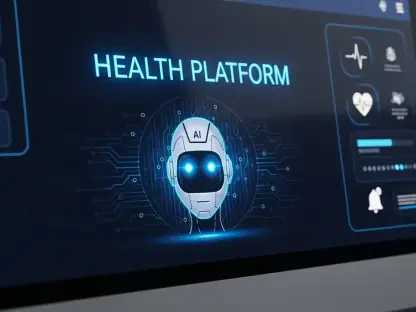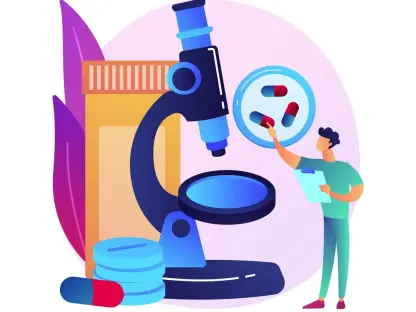The healthcare sector is experiencing a paradigm shift, brought forth by the CMS-HCC Model V28’s emphasis on clinical specificity. This shift isn’t merely a regulatory update but a redefinition of how healthcare organizations approach risk adjustment, documentation, and coding processes. In light of these changes, aligning clinical data accuracy and interoperability becomes crucial for sustaining compliance and enhancing patient care delivery.
The Evolution and Impact of the CMS-HCC Model
The CMS-HCC model has undergone significant changes since its inauguration, driven by the increasing need for precision in risk assessment. Earlier models focused on broad diagnoses, but the latest adaptation necessitates detailed documentation to accurately reflect patient complexities. This evolution highlights a broader shift in healthcare management strategies, requiring more refined data handling and coding practices. Institutions now face the challenge of transitioning from administrative simplification towards integrating accurate, clinically specific data to ensure both compliance and financial viability.
Current Challenges and Opportunities in the Healthcare Market
Bridging Gaps: Collaborative Dynamics Between Clinical and Coding Teams
One of the significant hurdles of implementing CMS-HCC Model V28 lies in fostering collaboration between clinical and coding teams. Often, operational silos prevent seamless communication, hindering accurate data capture. Real-life case studies demonstrate how an integrated approach can provide a comprehensive understanding of patient complexity. Overcoming these silos by enhancing data interoperability is crucial for aligning with the new model requirements.
AI and NLP: The Technological Transformation
In modernizing healthcare documentation, the integration of AI and Natural Language Processing (NLP) is becoming indispensable. AI can detect insights from extensive data sets, identify overlooked diagnoses, and offer coding suggestions in real-time. However, the balance between technology and human oversight is essential to prevent over-dependence, which might lead to compliance issues if left unchecked. These innovations, when used responsibly, promise to transform documentation efficiency and accuracy.
Integration: Creating Cohesive IT Infrastructures
The healthcare market faces fragmentation challenges in IT systems, where varied technologies can cause inefficiencies. A unified approach simplifies these complexities, suggesting a move toward consolidated platforms. By addressing misconceptions about the cost, healthcare entities can recognize the broader advantages of integrated systems, leading to stronger compliance and seamless operational flow.
Strategic Roadmap for Compliance and Future Directions
In the current regulatory climate, an accurate and real-time data processing capability driven by AI is set to transform future healthcare compliance practices. As technological innovations advance, healthcare organizations must adapt their operational strategies to remain efficient and compliant. Experts foresee a nuanced risk adjustment framework emerging from these advancements, delivering improved healthcare solutions.
Implementing Effective Strategies for Transition
Organizations must adopt strategic measures to ensure a smooth transition to the CMS-HCC Model V28. Training programs, performance dashboards, and workflow simulations stand out as key components in this preparatory phase. These strategies foster staff engagement, align processes with compliance requirements, and ultimately maintain high patient care standards. The proactive approach ensures minimal disruptions and optimizes operational efficiency.
Key Takeaways for Healthcare Organizations
The transition to CMS-HCC Model V28 marked a pivotal shift in healthcare compliance, steering organizations towards an era defined by clinical specificity and technology integration. By investing in aligned systems, leveraging AI, and promoting inter-departmental collaboration, healthcare entities effectively enhanced compliance, operational efficiency, and patient care. The ability to adapt to such transformative changes ultimately fortified their standing in the complex healthcare landscape.









